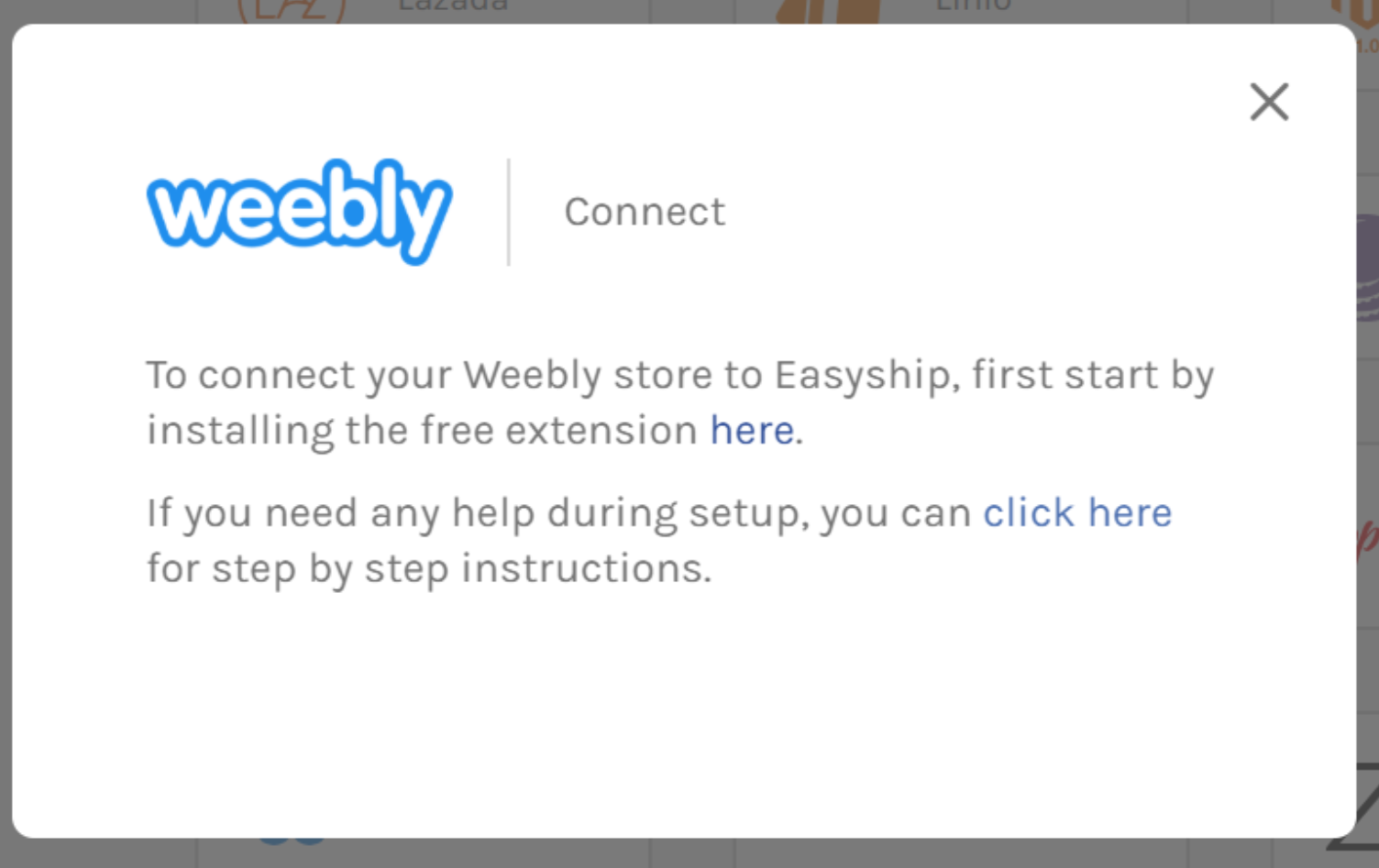Introducing An Exclusive Weebly And Square Integration
From themes to editors, the two most popular website builders have important differences.
- Introducing An Exclusive Weebly And Square Integration Worksheet
- Introducing An Exclusive Weebly And Square Integration Program
- Introducing An Exclusive Weebly And Square Integration Theory
If all goes according to plan, the Square and Weebly integration will make things easier for a growing number of small business owners seeking a one-stop solution for their ecommerce. Square wants the omnichannel experience of bringing in-person, online, and in-app interaction between buyer and seller to be easier. Jan 06, 2021 The Square online store environment will integrate with a host of other tools to allow you to do various different things. There are more than 100 add-ons and third-party integrations available so far, including those for real-time POS solutions, accounting, invoicing, gift cards, loyalty, and marketing. Square has acquired Weebly for an easy, affordable eCommerce option. Plus, Square’s list of integrations already includes some of the best shopping cart options — and the list keeps growing. Square is an omnichannel solution for merchants who want to sell anywhere without needing to build a complicated system of integrations or do a lot of.


Wix and Squarespace are the two biggest website builders— and it’s not even close. Together they power 55% of websites that are built with a website builder.
But while they’re both popular they also have stark differences. It’s almost like Mac vs PC— Squarespace is curated and design-y while Wix is occasionally chaotic but allows for a lot of freedom to customize.
I recommend Squarespace over Wix but it’s important to understand the differences— and that’s what this article will explain.

Note: My work is supported by affiliate commissions. Read more »
At A Glance
Two Most Popular Website Builders
Wix and Squarespace combined are 55% of the website builder market— significantly more than any other company.
Mac vs PC
Their differences are almost like Mac vs PC: Squarespace is curated and design-y while Wix is occasionally chaotic but allows for a lot of freedom to customize.
Different Page Editors
Wix is an unstructured editor where you drag elements anywhere on a page. Squarespace is a structured editor where elements snap into columns and rows.
Both Have Excellent Features
There are core features that every website builder just needs to have: photo galleries, maps, forms, audio players— that kind of thing. Both Wix and Squarespace have these covered. (Wix may have a slight edge in the amount of features.)
Templates
Wix has more templates than Squarespace but Squarespace has better templates. This isn't necessarily a knock on Wix's templates as Squarespace has the best templates of any website builder.
Introducing An Exclusive Weebly And Square Integration Worksheet
The Editor

The biggest difference between Wix and Squarespace is the page editor.
With Wix you can move any element anywhere on your page— even moving elements by one pixel if you want. It’s an unstructured editor:
Being able to drag an element anywhere on a page feels freeing BUT it can also lead to frustrating problems.
For example, watch what happens when I move an image from the top of the page to the bottom:
I had to make the same change twice— once for the the desktop version and once for the mobile version! Wix’s unstructured editor didn’t know to automatically do this. That’s frustrating!
This is not a problem you would have with Squarespace— because Squarespace has a structured editor.
In Squarespace, you can’t move an element anywhere on a page. Instead Squarespace only allows you to drag elements (called Content Blocks) into rows and columns. There’s an inherent and sensible structure that you stay within.

Introducing An Exclusive Weebly And Square Integration Program
Introducing An Exclusive Weebly And Square Integration Theory
Overall I recommend Squarespace’s structured page editor over Wix’s unstructured page editor. Wix’s unstructured editor may give you more flexibility but it introduces a cascade of knock-on problems— such as having to make the same edit twice.
